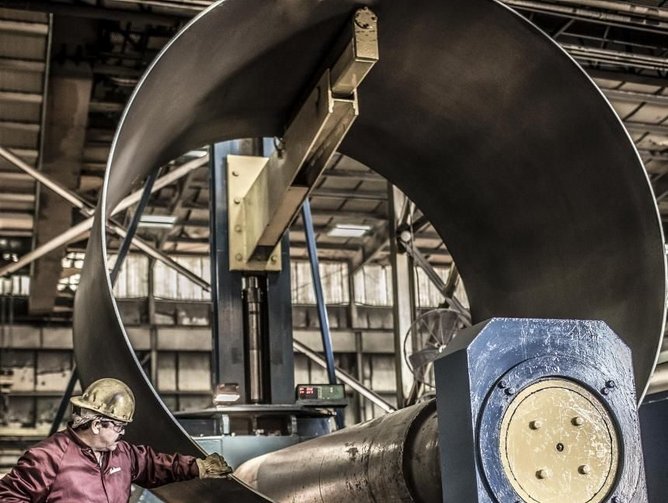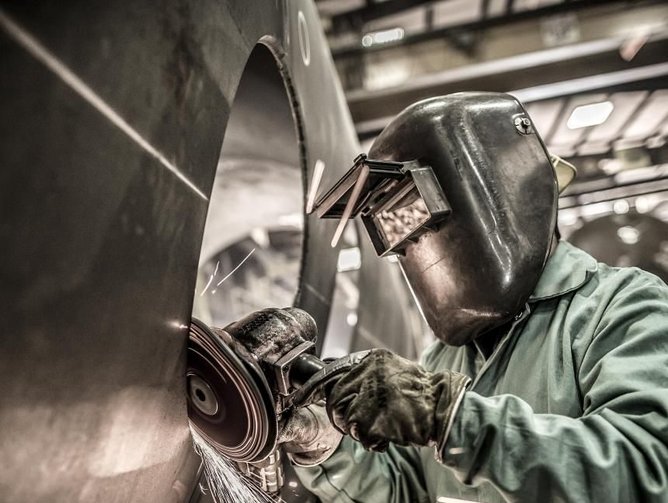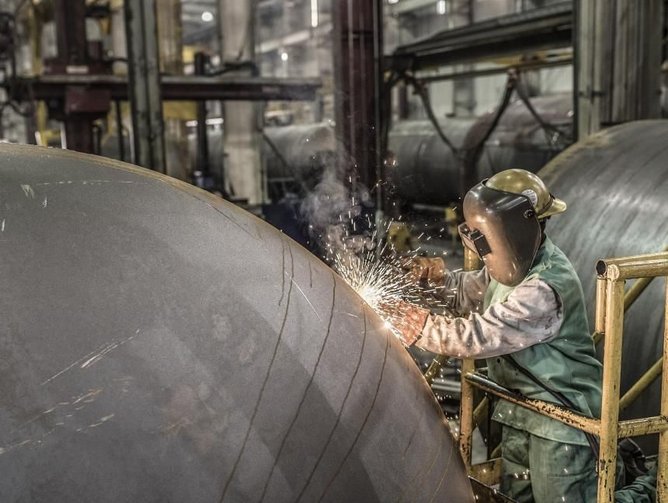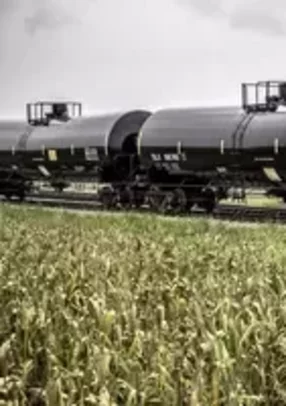Trinity Industries’ operations extend across a broad range of railcar related services, as Mike Hegedus explains: “Trinity is a full service railcar provider. We provide leasing services, new car building and maintenance services. We're an integrated provider and it gives us a lot of flexibility in what we offer to our customers. Increasingly we’re focusing on differentiating our products and our services in the marketplace.”
As Vice President Supply Chain Management, Hegedus’ role encompasses several key functions. “My role is leading the supply chain, which includes procurement, supplier quality, supply planning and logistics.” Hegedus’ attention is currently directed towards an ongoing evolution in the business. “We've traditionally been fairly vertically integrated, making a lot of sub-assemblies and parts, but that is changing. We are becoming more innovation-focused, doing more final assembly and moving more and more each year to outsourcing sub-assemblies.”
Much of that evolution has been in strategy. As with many manufacturers, offshoring is increasingly becoming a crucial part of the mix. “We segment our supply chain and certain parts make sense for offshoring such as commodity parts. We really leverage, for example, the low cost of steel and castings and forgings in China.” The attendant process of nearshoring is also increasingly a focus. “The larger the parts and sub-assemblies need to be, the more efficient it is to use nearshore suppliers. We've migrated our production from the U.S. to Mexico and we continue to manufacture more in Mexico every year. We’re not just nearshoring to take advantage of low cost labor and manufacturing, it’s really about localizing to get them near to our manufacturing plants.
“In fact, we've gone a step further, where we're now moving into a phase where we are co-locating suppliers on our facilities for even larger sub-assemblies – things that might not be effectively shipped on a truck. Making railcars, some of these sub-assemblies can be very large, so it makes sense for us.”
With a finished item as complex as a railcar, individual components demand differing approaches and treatments. “Standard parts go on many dozens of different types of railcar,” says Hegedus. “Every railcar has, for example, eight wheels, four axles, brakes – basically the under part of the car is fairly consistent. That is a supply chain where we can and do set up vendor managed inventory (VMI) programs so those parts flow in.” Specialty parts, those specific to different car types, prove trickier. “A hopper car, for instance, will have hatches to load on the top and then gates to discharge in the bottom, totally different to a rail car that carries automobiles, which has its own specialty items. All those are very car specific and those I can't put on VMI. I just have to really monitor the lead times. Our overall supply chain lead times are defined by those specialty items.” Outside of these considerations are raw materials such as steel, and the aforementioned outsourced sub-assemblies, which he describes as “probably the fastest growing segment of our sourcing supply chain.”
Enabling the increasing complexity of an outsourced and co-located supply chain has required the assistance of technology, as Hegedus explains. “We’ve put in RapidResponse from Kinaxis. There's a module within that which helps us to collaborate more closely with suppliers. That technology has also enabled all of our VMI processes. A significant part of our supply chain is on VMI, but we're still going down that path. Technology has been key in improving visibility, synchronization and collaborative planning with suppliers.”
Partners vital to the ongoing transformation include the likes of Expeditors International. “They’ve been influential in helping us with our first foray into global logistics,” says Hegedus. “Offshore Asian Business Consultants has been our partner in setting up virtual sourcing offices. I'm a believer that when you offshore sourcing you still need someone local on the ground to proactively manage the quality.” The first supplier to be co-located on site was Amsted Industries. “They're providing truck assembly, the wheels, axles, side frames, completely assembled to our lines right on site. They've paved the way.” Another key to Trinity’s enduring success can be found in its close collaborative relationship with key railcar component suppliers such as Miner Enterprises, Inc. Founded in 1894, Miner is renowned for its product development expertise, as well as its highly responsive global supply chain.
“For Trinity and Miner, this relationship is a personal commitment on every level,” explains Ric Biehl, Miner’s president and general manager. “Both companies share an innovation-driven mindset that’s focused on perfecting railcar performance. And as one of the few privately owned, global suppliers of railcar components – from draft gears and outlet gates to hatch covers, side bearings, running boards, brake beams and more – Miner is able to be flexible, agile, and responsive to the changing market and customer needs. We work hand-in-glove with Trinity to make it easy for customers to do business.”
The future will see Trinity continue on its journey, while also exploring new avenues. “We’ll continue outsourcing sub-assemblies so that we can focus on final assembly and convert our resources to focus on other parts of the value chain such as product innovation,” says Hegedus. “At the same time, our lease fleet and maintenance network has grown which has seen our aftermarket parts business become more important than ever. We're embarking on creating an integrated supply chain across all those different parts of the business. That’s going to be fundamental.”





